Urethane Cement Flooring Systems
Superior Durability and Chemical Resistance for Demanding Environments
The Ultimate Floor for Durable and Manufacturing Needs
Urethane Cement Flooring Systems
Superior Durability & Chemical Resistance for Demanding Environments
The Ultimate Floor for Durable and Manufacturing Needs
Urethane Cement Floors
Urethane cement flooring is a high-performance solution that combines polyurethane and cementitious components to create a seamless, durable surface. Designed to withstand extreme conditions, it is ideal for industries requiring robust flooring systems that can endure thermal shock, chemical exposure, and heavy traffic.
Key Benefits of Urethane Cement
Exceptional resistance to chemicals, including acids, alkalis, and solvents
Superior durability under heavy mechanical stress and abrasion
Thermal shock resistance, suitable for environments with rapid temperature changes
Seamless, non-porous surface that is easy to clean and maintain
Excellent moisture tolerance, allowing installation over green concrete
Deep Dive Into Urethane Cement
System Components
Primer: Enhances adhesion between the substrate and the urethane cement layer.
Urethane Cement Base Coat: A blend of polyurethane resin, Portland cement, aggregates, and other fine materials that form the primary layer.
Topcoat (Optional): Provides additional protection and can be customized for slip resistance or aesthetic preferences.
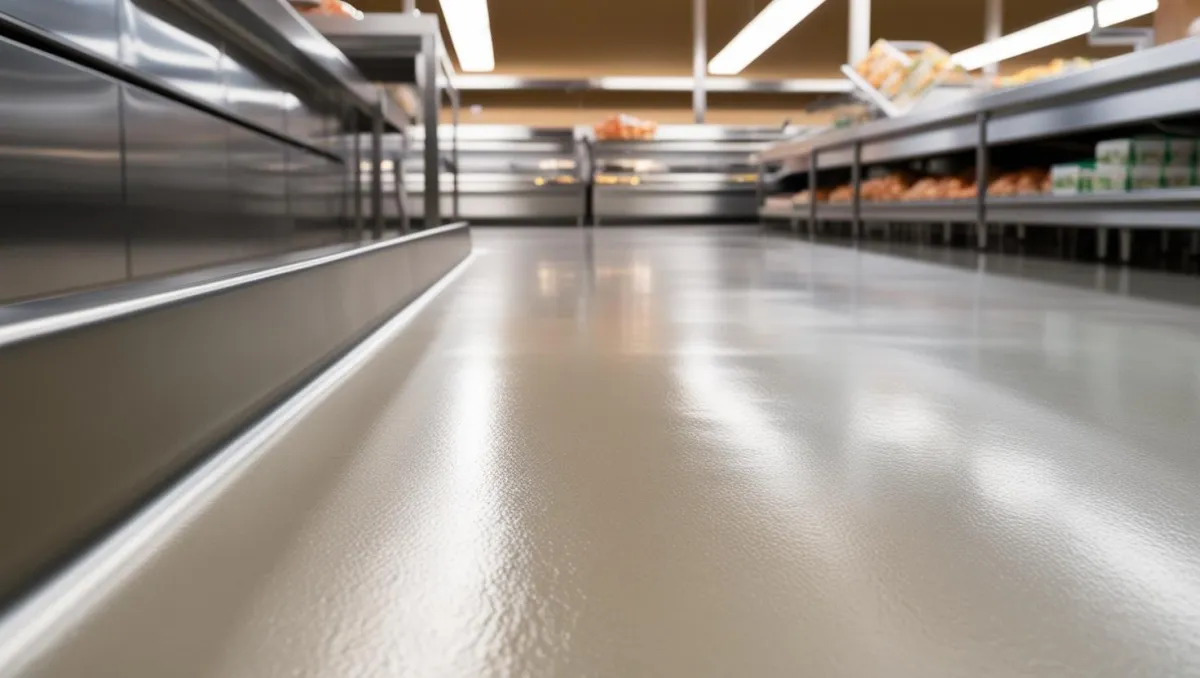
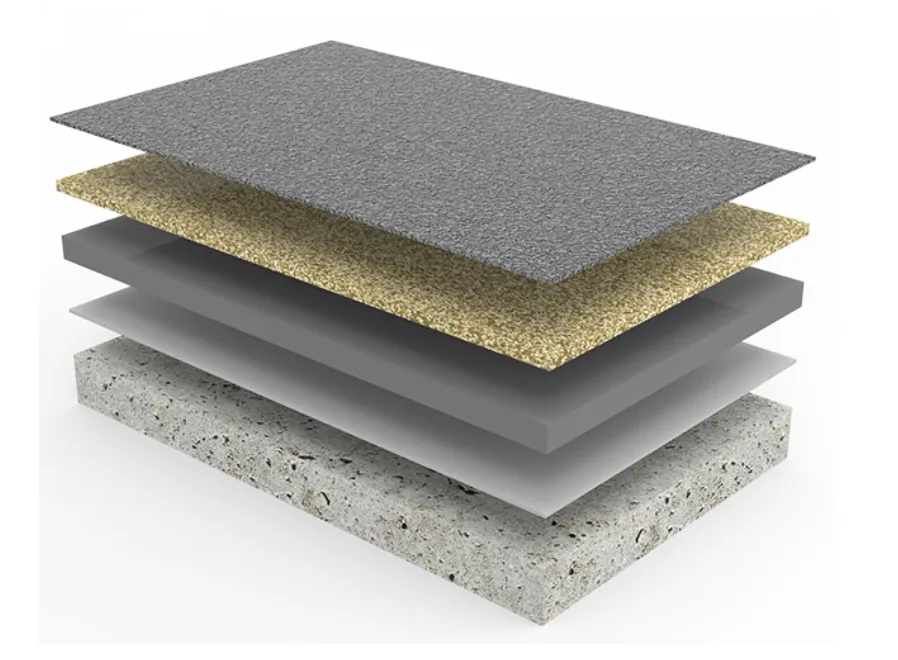
Technical Specifications
Thickness: Typically installed at 1/8 to 1/4 inch thickness, depending on application requirements.
Compressive Strength: High compressive strength suitable for heavy-duty applications.
Thermal Resistance: Can withstand temperatures ranging from -330°F to +240°F, making it ideal for areas subjected to extreme temperature variations.
Suitable Environments
Food and beverage processing facilities
Commercial kitchens
Pharmaceutical and chemical processing plants
Warehouses and distribution centers
Manufacturing facilities
Cold storage areas
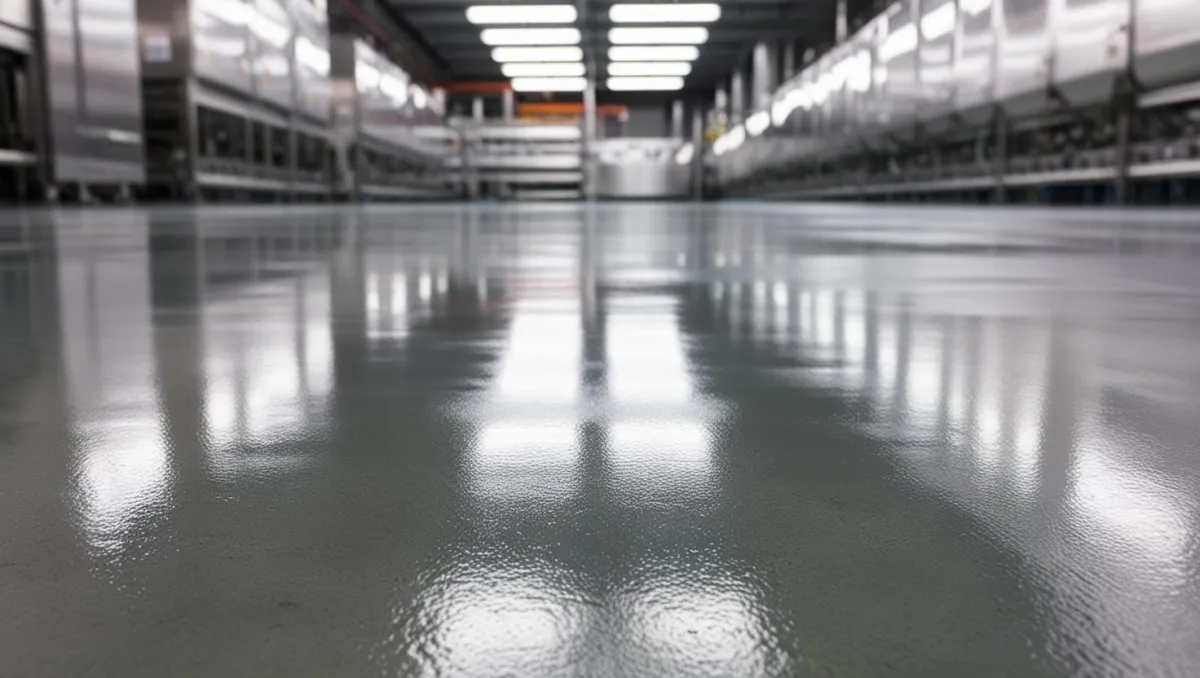
Deep Dive Into Urethane Cement
System Components
Primer: Enhances adhesion between the substrate and the urethane cement layer.
Urethane Cement Base Coat: A blend of polyurethane resin, Portland cement, aggregates, and other fine materials that form the primary layer.
Topcoat (Optional): Provides additional protection and can be customized for slip resistance or aesthetic preferences.

Technical Specifications
Thickness: Typically installed at 1/8 to 1/4 inch thickness, depending on application requirements.
Compressive Strength: High compressive strength suitable for heavy-duty applications.
Thermal Resistance: Can withstand temperatures ranging from -330°F to +240°F, making it ideal for areas subjected to extreme temperature variations.

Suitable Environments
Food and beverage processing facilities
Commercial kitchens
Pharmaceutical and chemical processing plants
Warehouses and distribution centers
Manufacturing facilities
Cold storage areas

Urethane Cement Application Process

Step by Step Guide
Surface Preparation: Thoroughly clean and prepare the concrete substrate to ensure it is free from contaminants, oils, and debris.
Primer Application: Apply a suitable primer to promote adhesion between the substrate and the urethane cement layer.
Mixing: Combine the polyurethane resin with Portland cement, aggregates, and other additives according to manufacturer specifications.
Application: Spread the mixed urethane cement onto the primed surface using trowels or squeegees to achieve the desired thickness.
Finishing: Optional broadcast of aggregates or application of a topcoat to achieve the desired surface texture and slip resistance.
Curing: Allow the flooring system to cure as per manufacturer guidelines before resuming normal operations.
Urethane Cement Application Process
Step by Step Guide
Surface Preparation: Thoroughly clean and prepare the concrete substrate to ensure it is free from contaminants, oils, and debris.
Primer Application: Apply a suitable primer to promote adhesion between the substrate and the urethane cement layer.
Mixing: Combine the polyurethane resin with Portland cement, aggregates, and other additives according to manufacturer specifications.
Application: Spread the mixed urethane cement onto the primed surface using trowels or squeegees to achieve the desired thickness.
Finishing: Optional broadcast of aggregates or application of a topcoat to achieve the desired surface texture and slip resistance.
Curing: Allow the flooring system to cure as per manufacturer guidelines before resuming normal operations.

Urethane Cement Projects
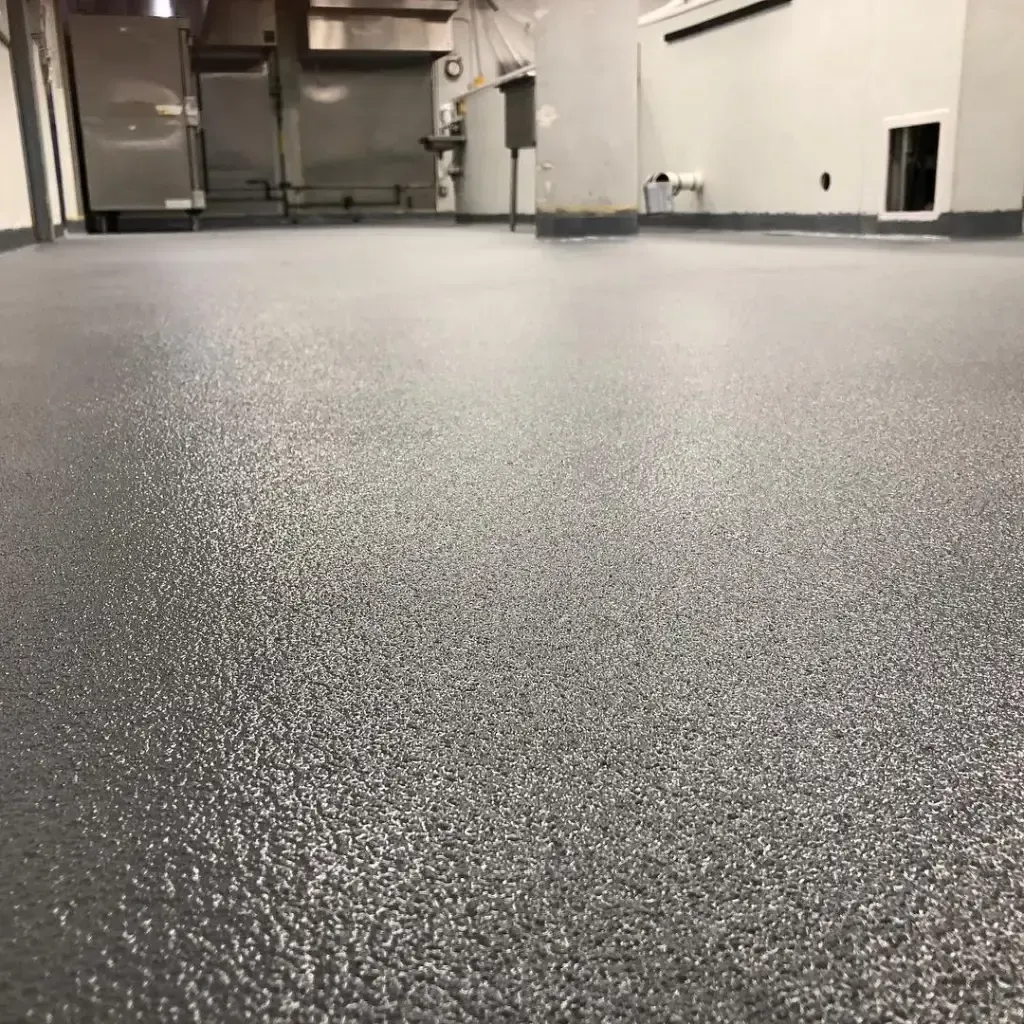
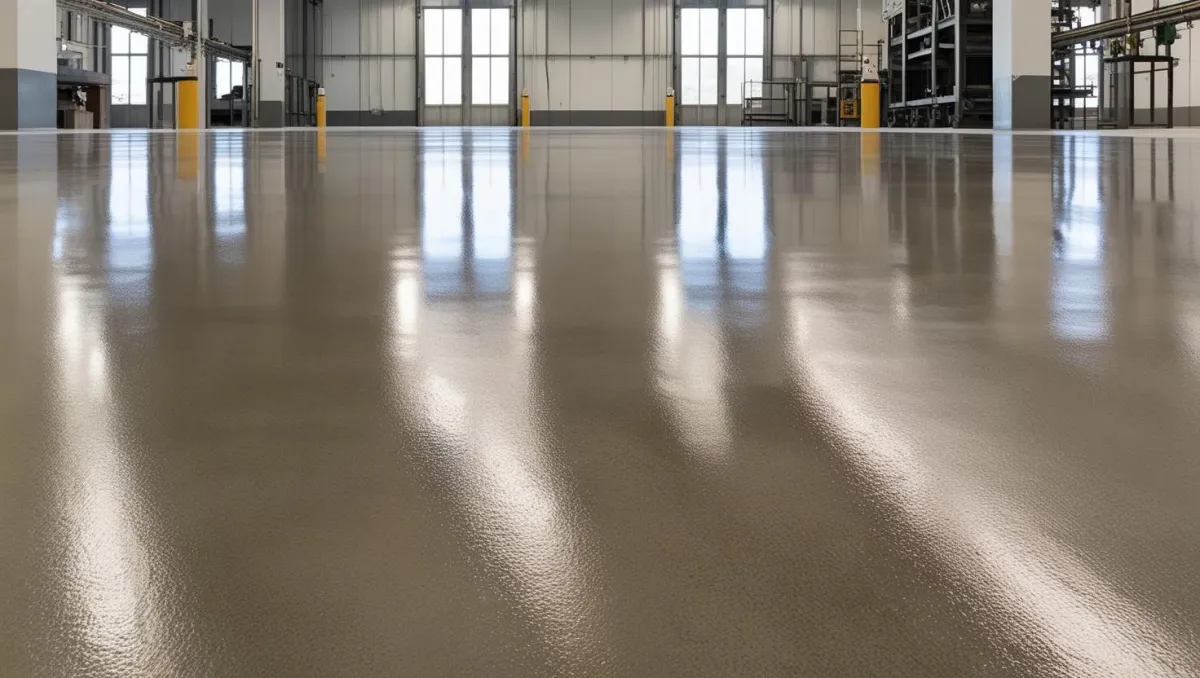
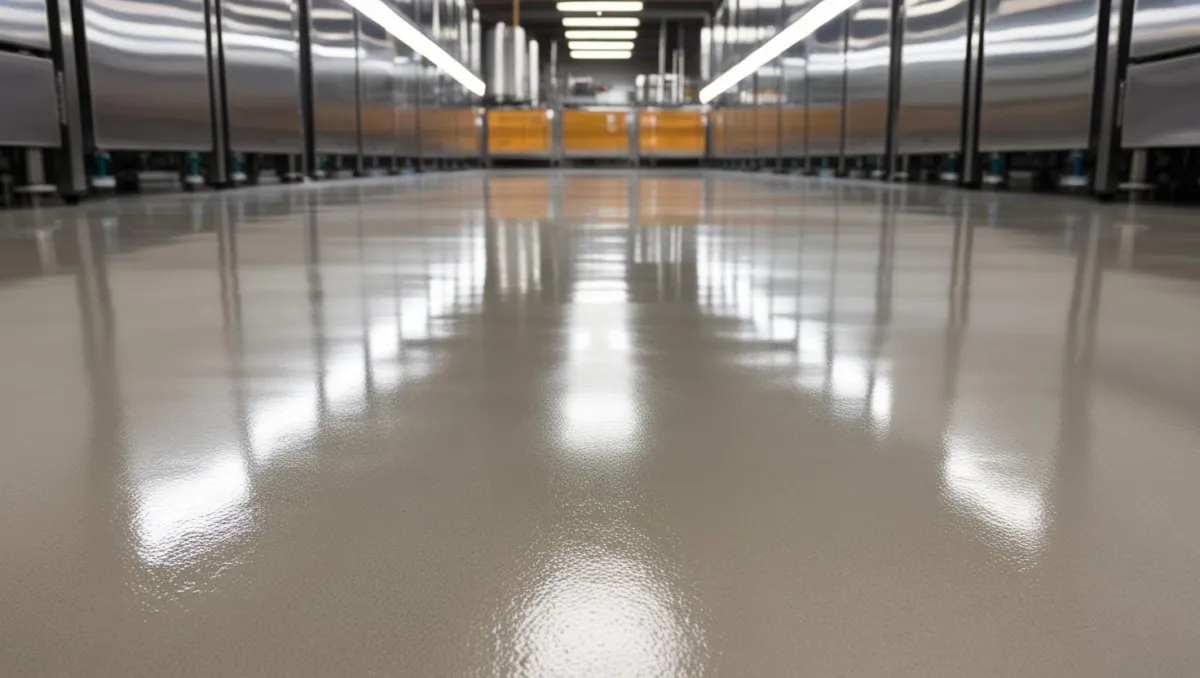
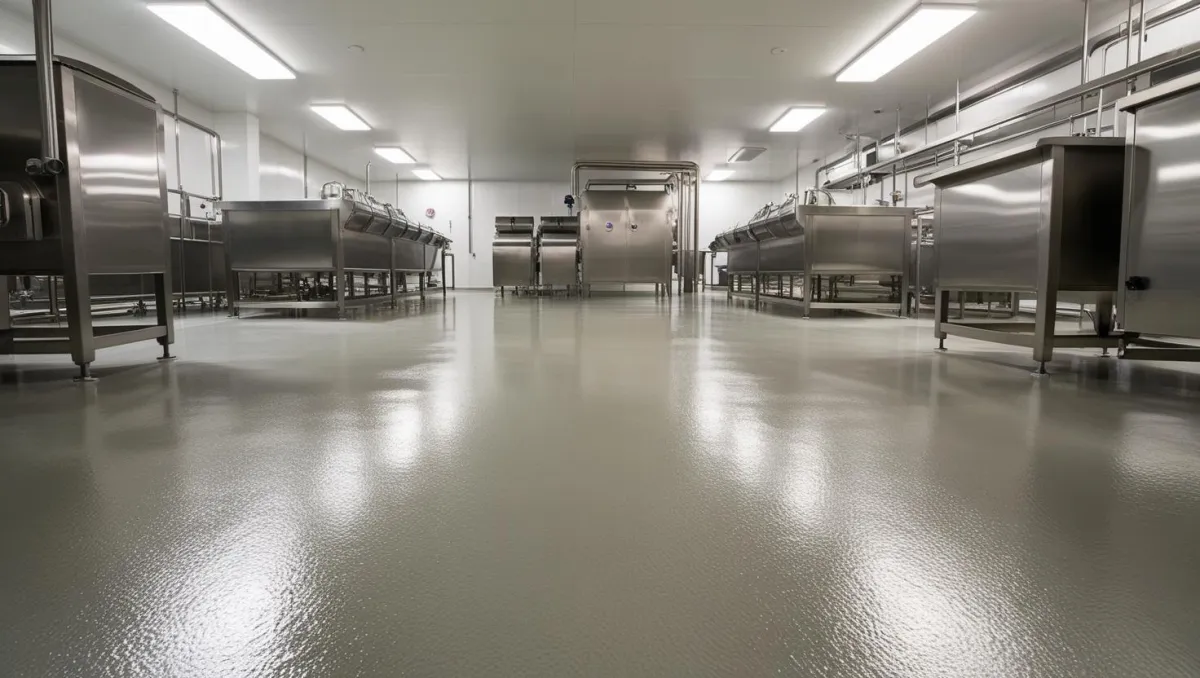
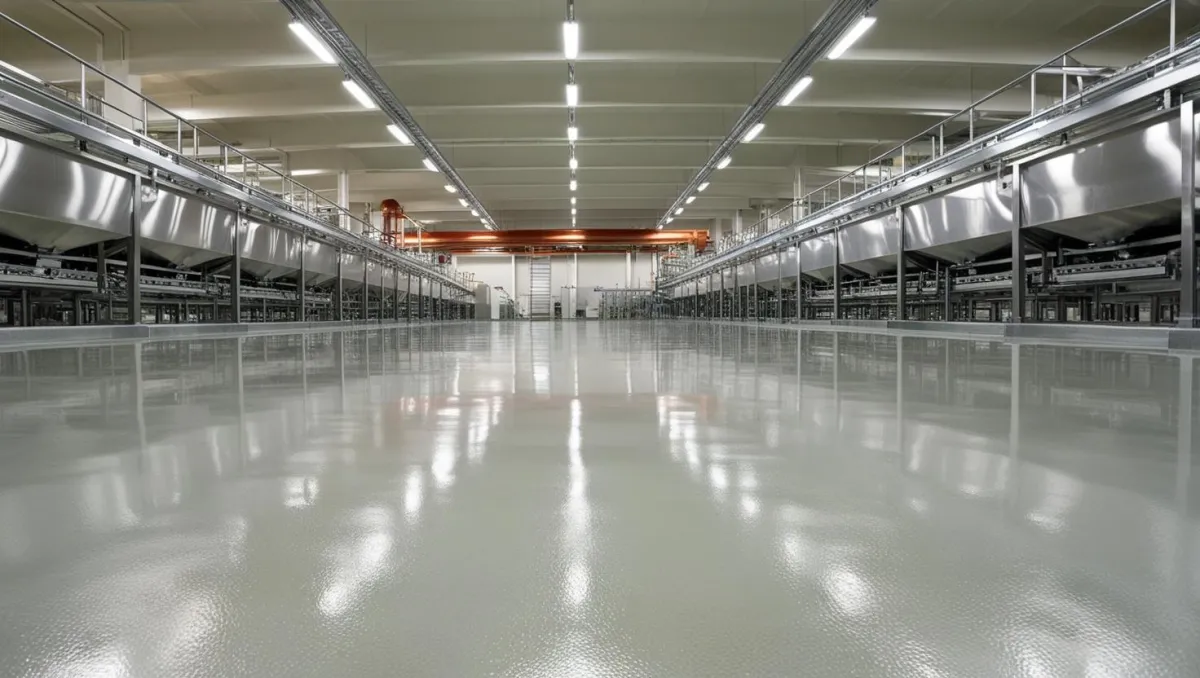
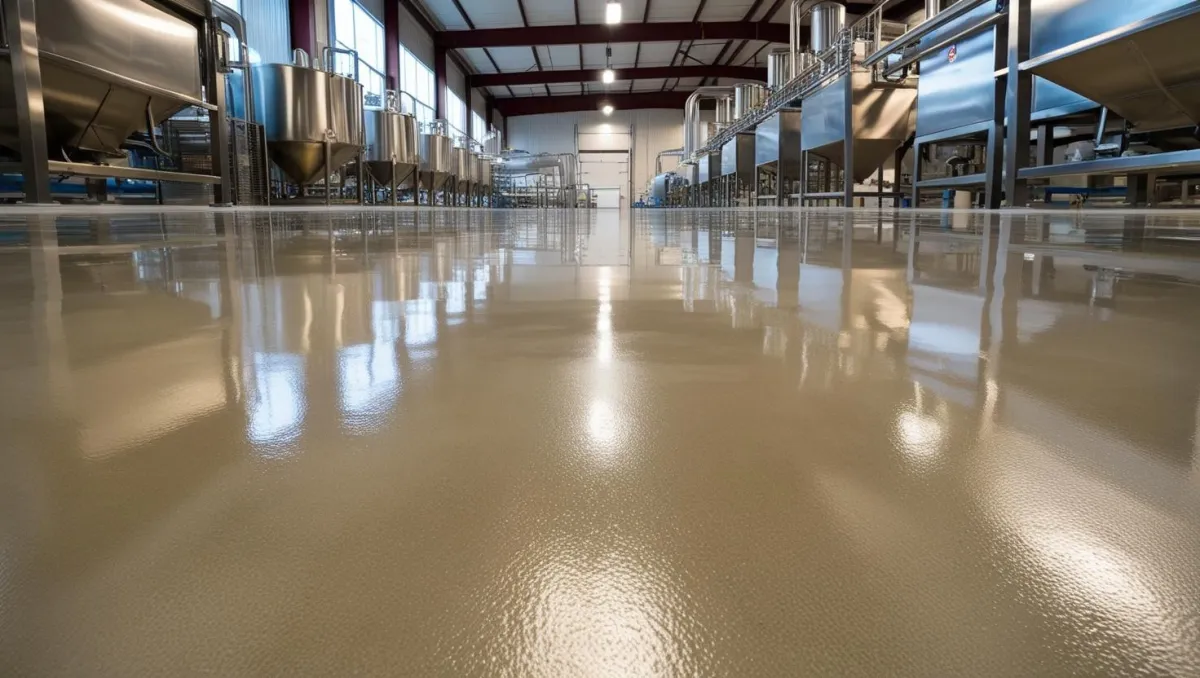
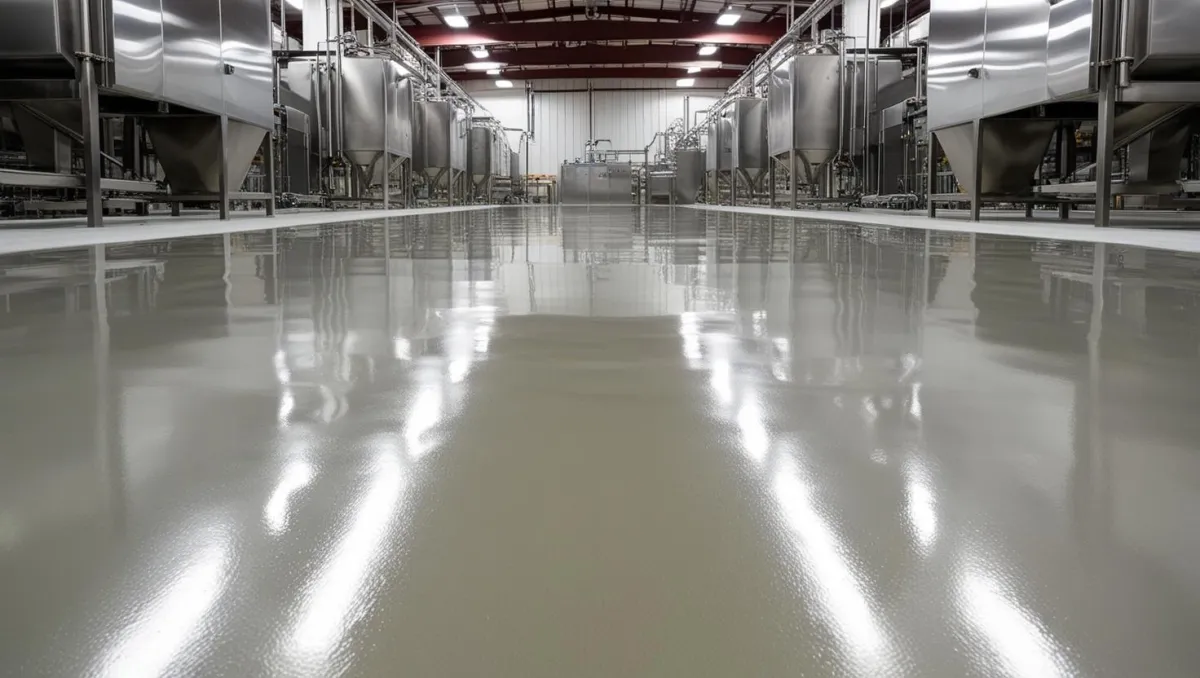
Frequently Asked Questions
What is urethane cement flooring?
Urethane cement flooring is a seamless, high-performance flooring system that combines polyurethane resins with cement and aggregates to create a durable and chemically resistant surface.
How does urethane cement differ from epoxy flooring?
While both provide durable surfaces, urethane cement offers superior thermal shock resistance and moisture tolerance compared to epoxy flooring, making it ideal for environments with extreme temperature changes and high moisture levels.
Is urethane cement flooring suitable for areas with heavy machinery?
Yes, urethane cement flooring is designed to withstand heavy mechanical stress and is ideal for areas with heavy machinery and equipment.
How do I maintain a urethane cement floor?
Regular cleaning with a neutral pH cleaner and periodic inspections to address any potential issues will help maintain the floor's performance and appearance.
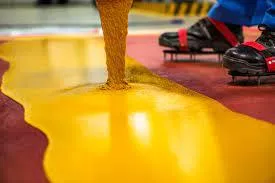
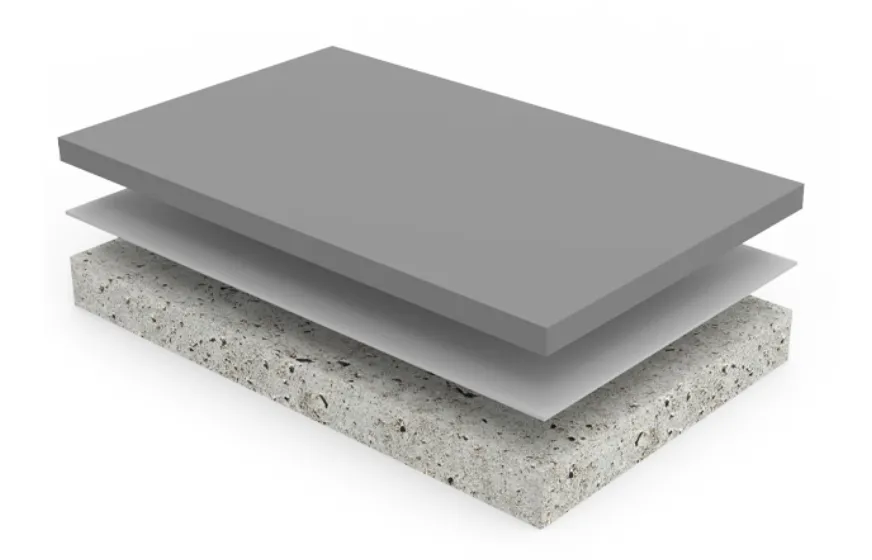

© 2022 RC Coatings - All Rights Reserved,

© 2022 RC Coatings - All Rights Reserved,